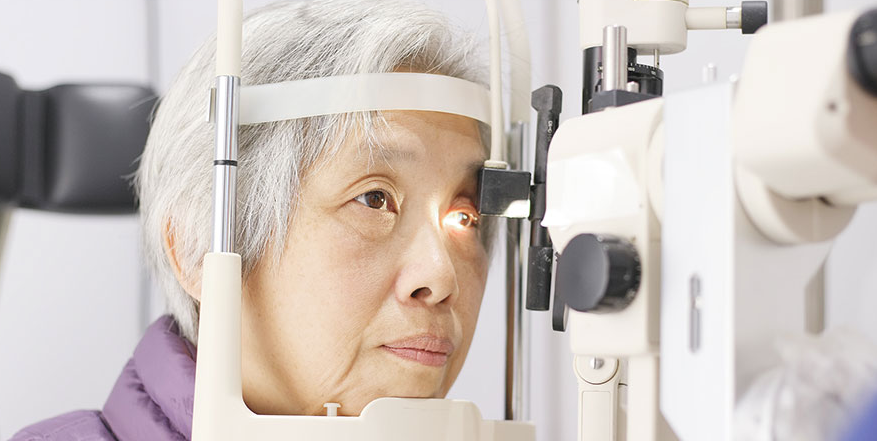Cataracts and other age-related vision problems
As you age, so do your eyes. You might find that you have difficulty reading small print or that you need brighter lighting at your desk. Eye conditions that could lead to more serious vision problems also become more common with age.
Consider cataracts. A cataract is a clouding of the normally clear lens of the eye. Most cataracts develop slowly and don’t disturb eyesight early on. At first, stronger lighting and eyeglasses can help you deal with cataracts. Eventually, cataracts can cause blurry vision and interfere with daily activities, such as night driving and distinguishing colors. However, even with advanced cataracts, vision can usually be restored with surgery.

If you have cataracts, you might notice:
- Cloudy, blurred, or dim vision
- Increased difficulty with vision at night
- Light halos around objects
- Fading or yellowing of colors
- Double vision in a single eye
If you notice any signs and symptoms of cataracts, talk to your eye doctor. Although the early symptoms of cataracts can often be managed with eyeglasses, the only effective treatment for cataracts is surgery.

Macular degeneration
Age-related macular degeneration (AMD) occurs when tissue in the macula — the part of your retina that’s responsible for central vision — deteriorates. This causes a blind spot to form in your central vision.
Dry macular degeneration is more common. It is caused by the slow deterioration of the retinal tissues. Wet macular degeneration, which occurs when abnormal blood vessels leak fluid or blood into the macula, is more likely to cause a relatively sudden change in vision. To check for dry macular degeneration, your doctor will examine the back of your eye for drusen — yellow deposits that form under the retina. In the early stages, the drusen appear small (left). As the condition progresses to the advanced stage (right), large drusen develop, and the light-sensitive cells that make up the macula break down.

